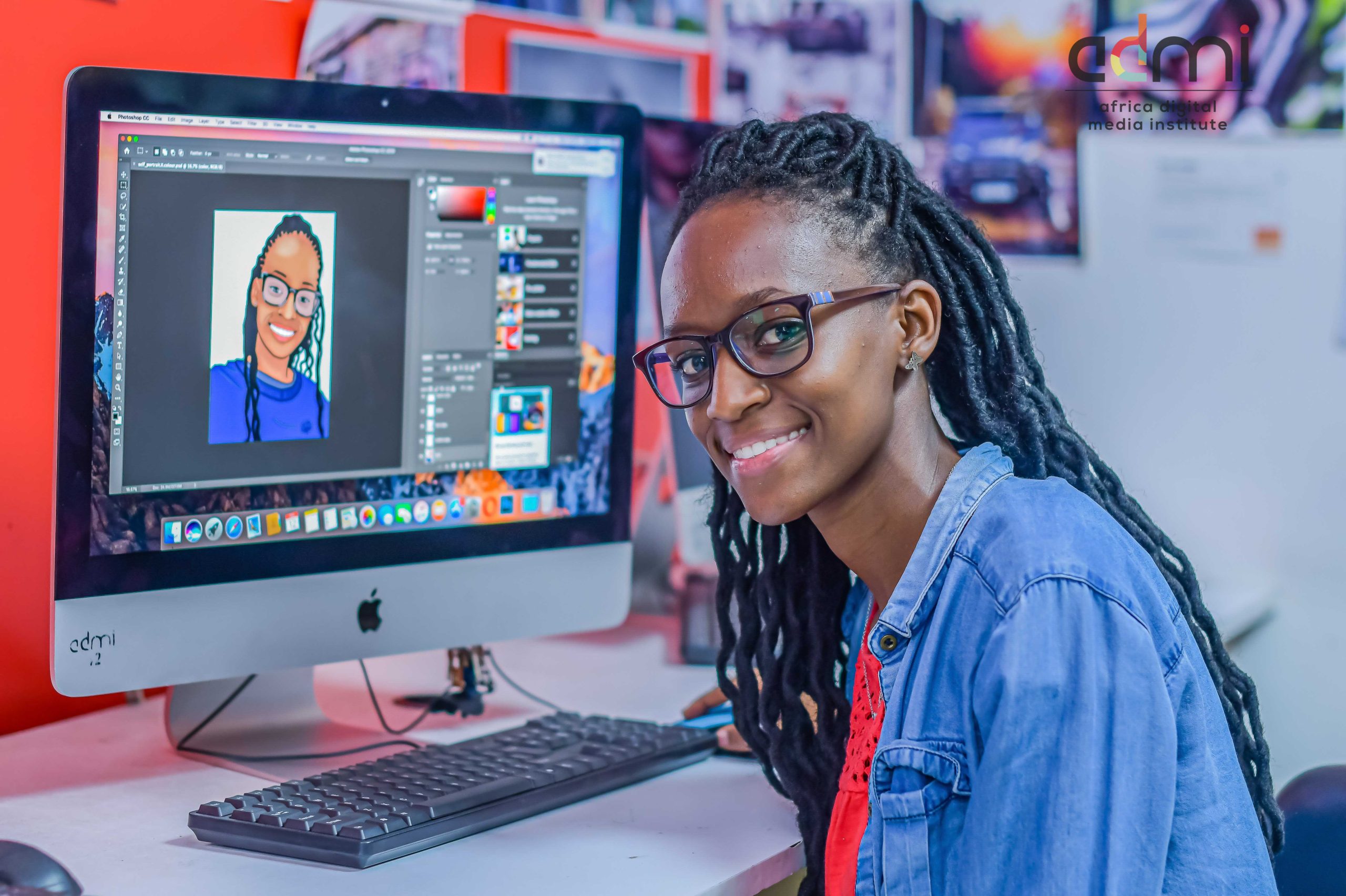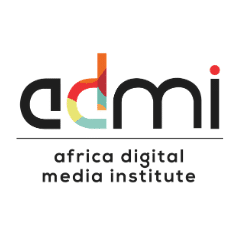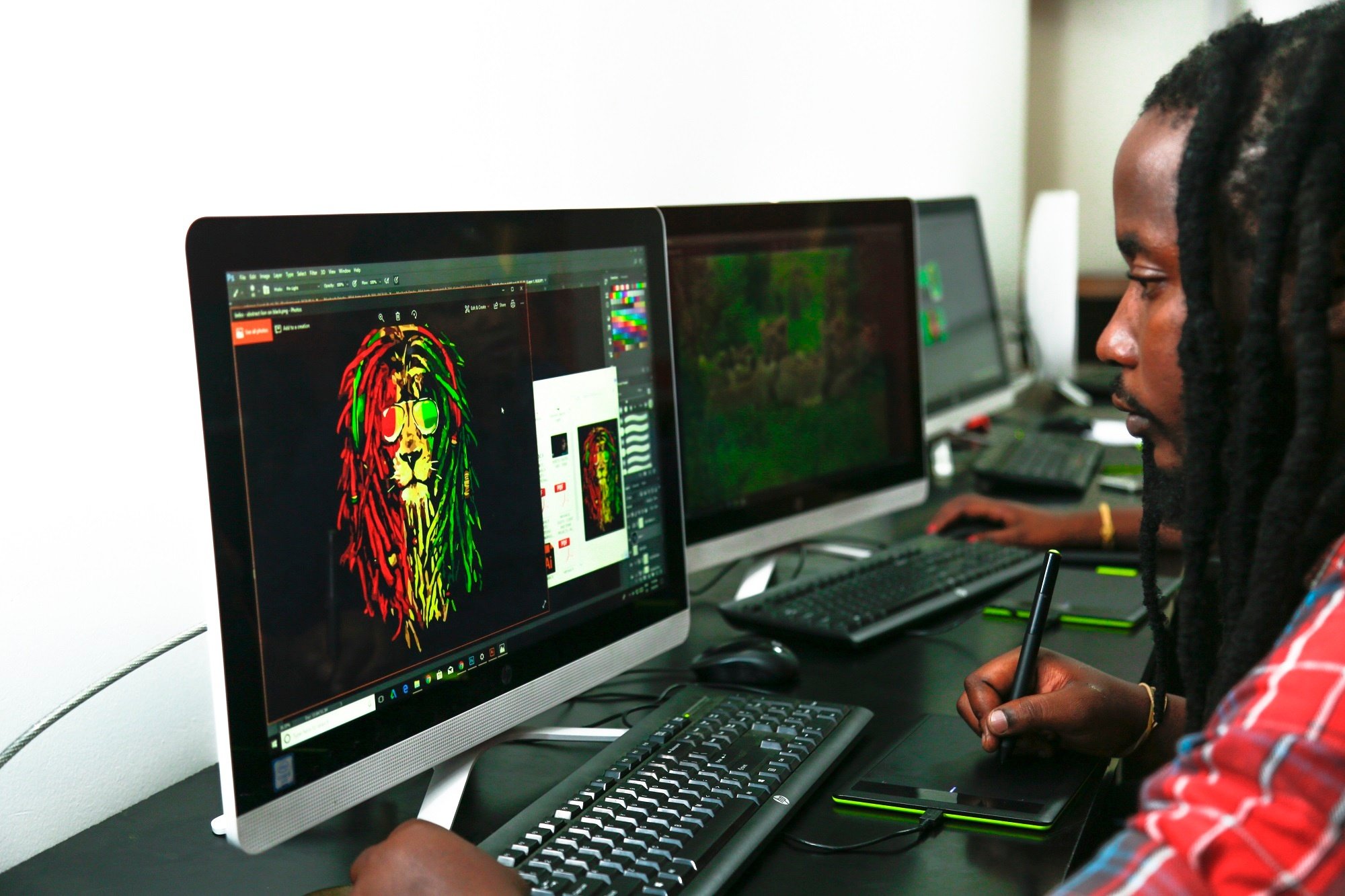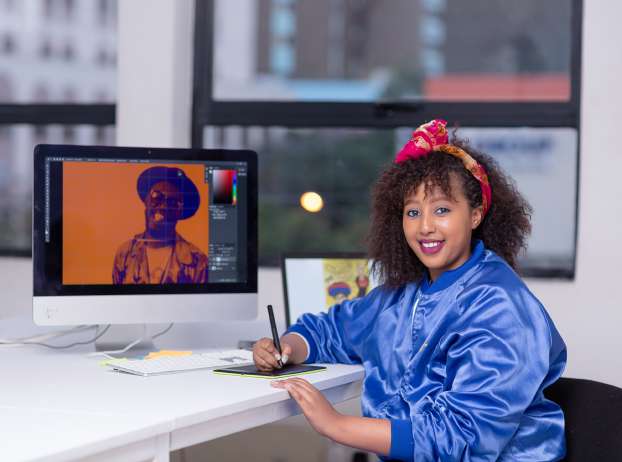
From captivating billboards on highways to memorable logos of your favorite brands, graphic designers shape the visual aspects of our everyday life. But what goes on behind the scenes? What constitutes the role of a graphic designer? Let’s dive in.
What Makes a Graphic Designer?
At the heart of graphic design is the ability to convey messages and ideas through visuals. A graphic designer, therefore, is a communicator, an artist, and a problem-solver. They integrate client needs, audience expectations, and cultural trends to produce captivating visuals. More than just creating visually pleasing graphics, a designer understands the psychological and emotional aspects of design. Their artwork isn’t random; it serves a clear, pre-defined purpose.
When you’re considering pursuing a career in graphic design, understanding the Graphic Design course will help you master these skills.
What Do You Study for Graphic Design?
In today’s digital age, where visual communication is paramount, graphic design stands out as a career that’s not only in demand but also deeply impactful. Graphic design is a vast field, encompassing multiple areas of specialization. Students typically study principles of design, typography, color theory, and computer graphic design software. Additionally, they gain an understanding of marketing and communication, ensuring the designs are not just beautiful but also functional.
Beyond the classroom, it’s crucial to stay updated with evolving design trends and software advancements. Successful designers are life-long learners, continuously refining their skills and exploring new tools.
For those curious about diving deeper, our Graphic Design course provides a comprehensive introduction to the world of design, suitable for both beginners and intermediate learners.
What Kind of Work Do Graphic Designers Do?
From creating logos to designing interactive websites, the spectrum of a graphic designer’s work is vast. Here’s a snapshot:
- Branding & Identity: Designing logos, business cards, and corporate stationery.
- Print Design: Crafting brochures, posters, and other printed materials.
- Digital Design: Creating graphics for websites, apps, and social media.
- Publication Design: Layouts for magazines, newspapers, and books.
- Advertising: Crafting visuals for both print and digital ad campaigns.
- Package Design: Designing labels and packaging for consumer goods.
- Environmental Design: Visuals for events or public spaces like murals or signage.
These roles often overlap, with designers working on multiple projects across different mediums. Every design is a solution to a problem, be it conveying a brand’s message or making a website user-friendly.
To get a hands-on understanding of these areas, considering enrolling in a Graphic Design course could be beneficial.
What Qualifications Do I Need to Be a Graphic Designer?
While creativity is inherent, certain qualifications can guide and hone that skill:
- Formal Education: A bachelor’s degree in graphic design or a related field is standard. However, diploma courses or online certifications can also be a great starting point.
- Portfolio: A strong, versatile portfolio is key. It showcases your skills, creativity, and versatility to potential employers or clients.
- Technical Proficiency: Familiarity with design software like Adobe Creative Suite is essential. Skills in specialized software might also be required based on the specific design niche.
- Soft Skills: Good communication skills are crucial. Designers often work in teams and must convey their ideas effectively to clients and colleagues.
For those starting, understanding the nuances of graphic design via a course can provide the foundational knowledge and skills required in the industry.
Conclusion
Embarking on a graphic design career is an exciting journey of continuous learning and creativity. With a blend of technical know-how, artistic flair, and the right qualifications, a graphic designer has the power to transform abstract ideas into tangible visuals. Whether you’re a budding designer or a brand looking for effective visuals, understanding the world of graphic design is pivotal. Why not start your journey with our comprehensive Graphic Design course?


